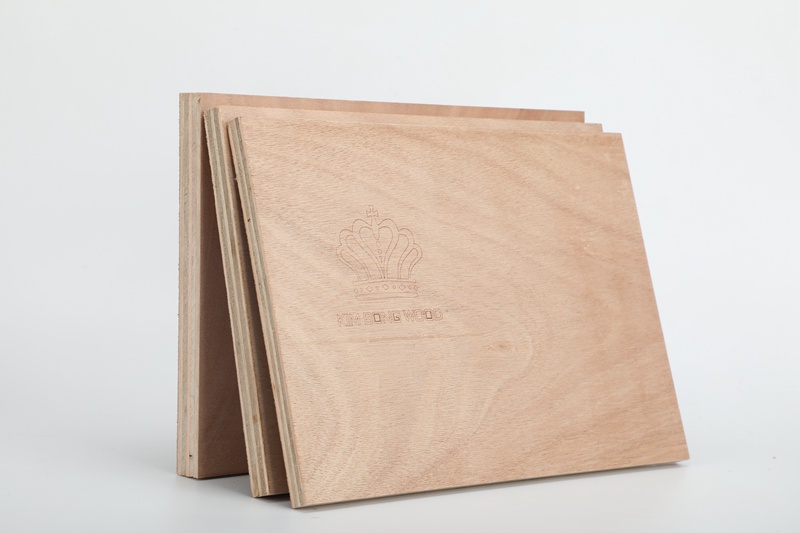How To Cut Furniture Board?
Cutting furniture board—whether it’s particleboard, MDF, plywood, or melamine-faced panels—requires precision and the right technique to achieve clean, functional edges. Proper cutting minimizes chipping, ensures accuracy, and extends the life of your material. Below is a detailed, professional guide to help you achieve the best results.
1. Tools and Preparation
Selecting the correct tools is essential:
Circular Saw or Track Saw: Ideal for long, straight cuts. Use a fine-toothed blade with at least 60 teeth for cleaner edges.
Table Saw: Best for repeatable straight cuts and ripping panels to width.
Jigsaw: Necessary for curved or intricate cuts.
Guide Rail or Straight Edge: Ensures accuracy with handheld saws.
Clamps: Secure the board firmly to your work surface.
Safety Gear: Always wear safety glasses and hearing protection.
Before cutting, measure and mark the cut line clearly using a carpenter’s square and a pencil. Support the board evenly on sawhorses or a workbench to prevent sagging or vibration.
2. Blade Selection
The type of blade significantly influences cut quality:
For laminate-faced boards (e.g., melamine), use a triple-chip grind (TCG) or alternate top bevel (ATB) blade with a high tooth count. This reduces top-side chipping.
A sharp, carbide-tipped blade is recommended for all types of furniture board.
3. Making the Cut
Straight Cuts with a Circular Saw:
Place the board with the good face down if using a circular saw, as blades tear out the top surface. If using a table saw, place the good face up. Align the saw blade with the waste side of the cut line. Use a guide rail to keep the cut straight. Start the saw before contacting the material and proceed at a consistent speed.
Using a Table Saw:
Adjust the blade height so it protrudes no more than ¼ inch above the board thickness. Use a featherboard to keep the panel against the fence and ensure a uniform cut.
Curved Cuts with a Jigsaw:
Use a down-cut blade or a fine-toothed blade designed for laminate. Support the board close to the cut line to reduce vibration. Cut slowly to avoid blade deflection.
4. Minimizing Tear-Out and Chipping
To prevent splintering:
Apply masking tape over the cut line. Score the line lightly with a utility knife before sawing.
For ultra-clean edges on laminated boards, consider using a specialized scoring saw blade or a zero-clearance insert on a table saw.
5. Finishing the Edge
After cutting, edges may be rough. Smooth them with a file, sanding block, or router. For laminated boards, edge-banding tape can be applied for a finished look and added durability.
6. Safety and Accuracy Tips
Always unplug tools when changing blades.
Make test cuts on scrap material to confirm settings.
Keep the work area clean and well-lit.
By following these guidelines, you can achieve precise, clean cuts in furniture board, resulting in professional-quality projects every time. Proper technique not only improves aesthetics but also ensures structural integrity and ease of assembly.
Previous: What Is Particle Board?


